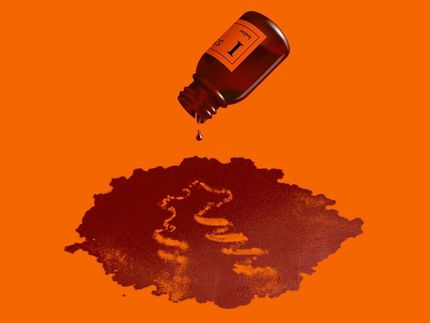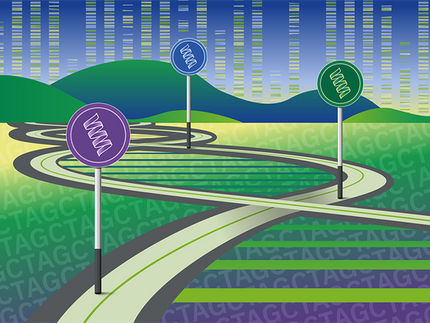Flu focus: NIH project aims for better drugs
Rice, UT-Austin team wins stimulus funds to study influenza
Advertisement
rice University scientists have won a $1.5 million grant from the National Institutes of Health to scrutinize the influenza A virus for clues that could lead to more effective antiviral drugs. Strains of influenza A include this year's pandemic H1N1 variety, some seasonal varieties and the much-feared H5N1 bird flu.
Under the four-year program, biochemists in the laboratory of Rice's Jane Tao will continue their investigations into the form and function of nucleoprotein (NP), one of fewer than a dozen proteins encoded by the flu virus. All varieties of influenza A consist of variants of just eight genes that produce 11 proteins. But for all its apparent simplicity, the disease behaves in complex ways that have stymied scientists for decades.
For instance, when flu particles dock with healthy cells, they inject their genetic payload into the cell and hijack the cell's own machinery to make copies of themselves. Based on previous research scientists know the flu can replicate only when all eight genes are packaged in a particular way. Tao, who first deciphered the atomic structure of NP for that study, said the new research program will go a step further by systematically investigating NP's role in building the RNA package that's so critical for the virus to reproduce.
"This particular form is very important for the RNA to function as a template, but we do not understand how the flu packages only the eight segments that it needs and in the right order," Tao said. "It's the specificity that's intriguing. If you package eight random segments of RNA, the chances of getting a viable virus are very low."
Scientists know that in the viable package, NPs are stacked atop one another - much of like vertebrae in a spine - and the RNA segments wrap around the stack. A protein complex called the polymerase, which is attached at the end of RNA, helps kick off replication once the assembly is injected into a healthy cell.
Tao said her team will use several techniques, including X-ray crystallography and electron cryomicroscopy, to obtain the first three-dimensional structure of the RNA-wrapped NP complex, a structure known as the ribonucleoprotein complex. The group will also purify individual segments of RNA, NP and polymerase; using some painstaking trial-and-error tests, they also will try to decipher the order and arrangements that must be brought together to create a viable ribonucleoprotein.
Krug's group will help determine the function of the various NP structures in replicating the viral RNA segments in cells, as well as how amino acid changes in the NP structure affect the ability of NP to function with the polymerase.
"We want to understand the assembly process," Tao said. "How do all those molecules come together? Obviously it cannot happen all at once. It must take place in a sequential manner, but that process is very poorly understood at the moment."























































